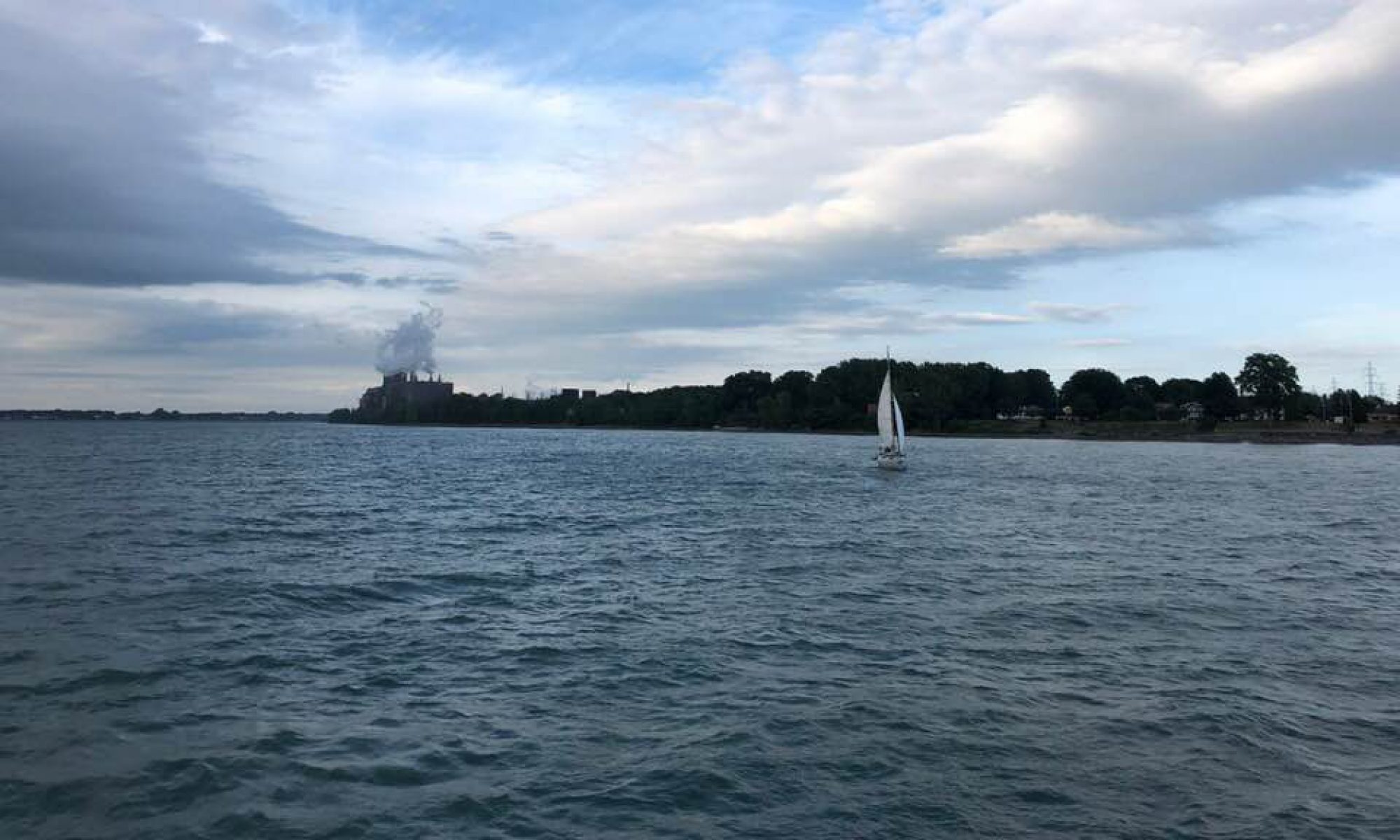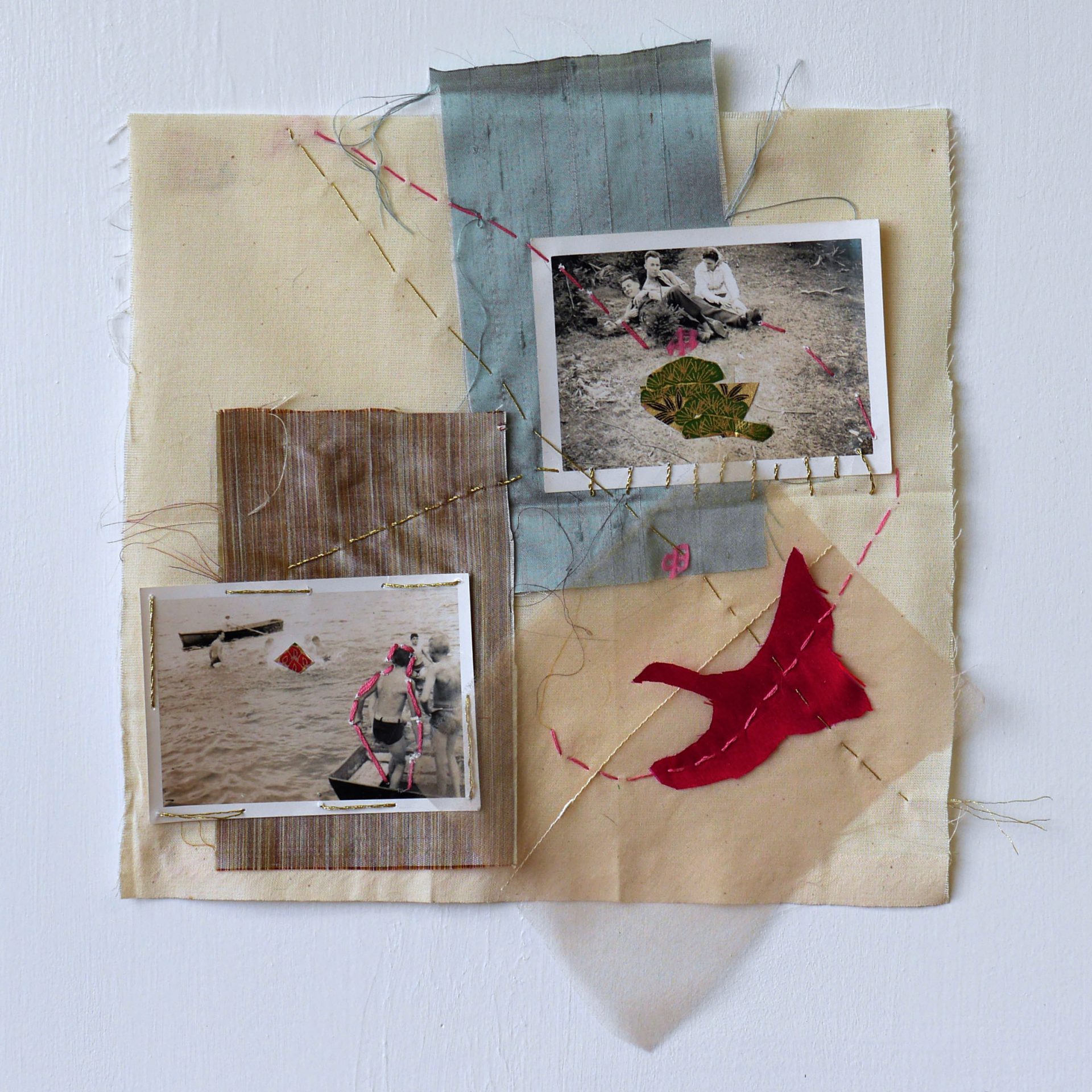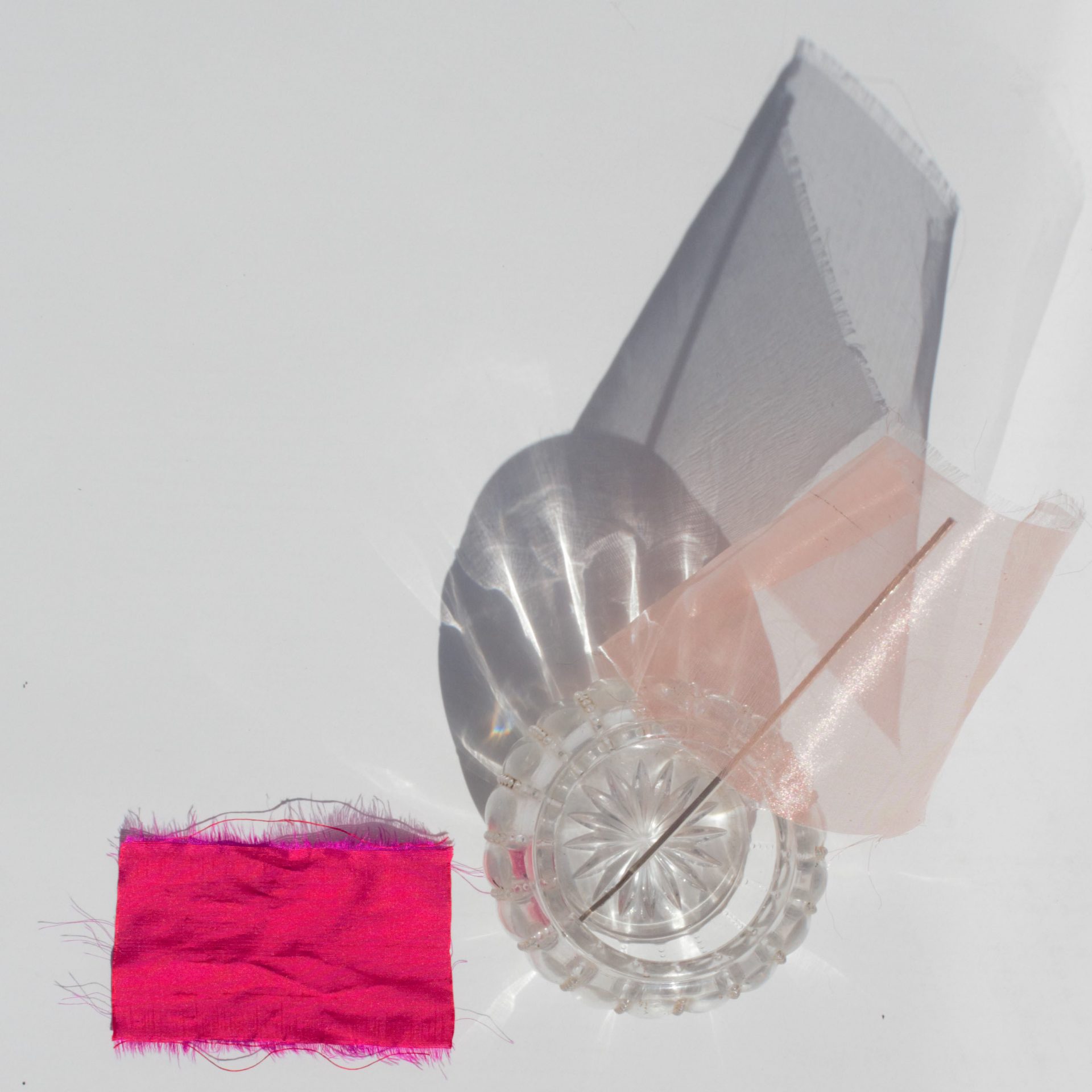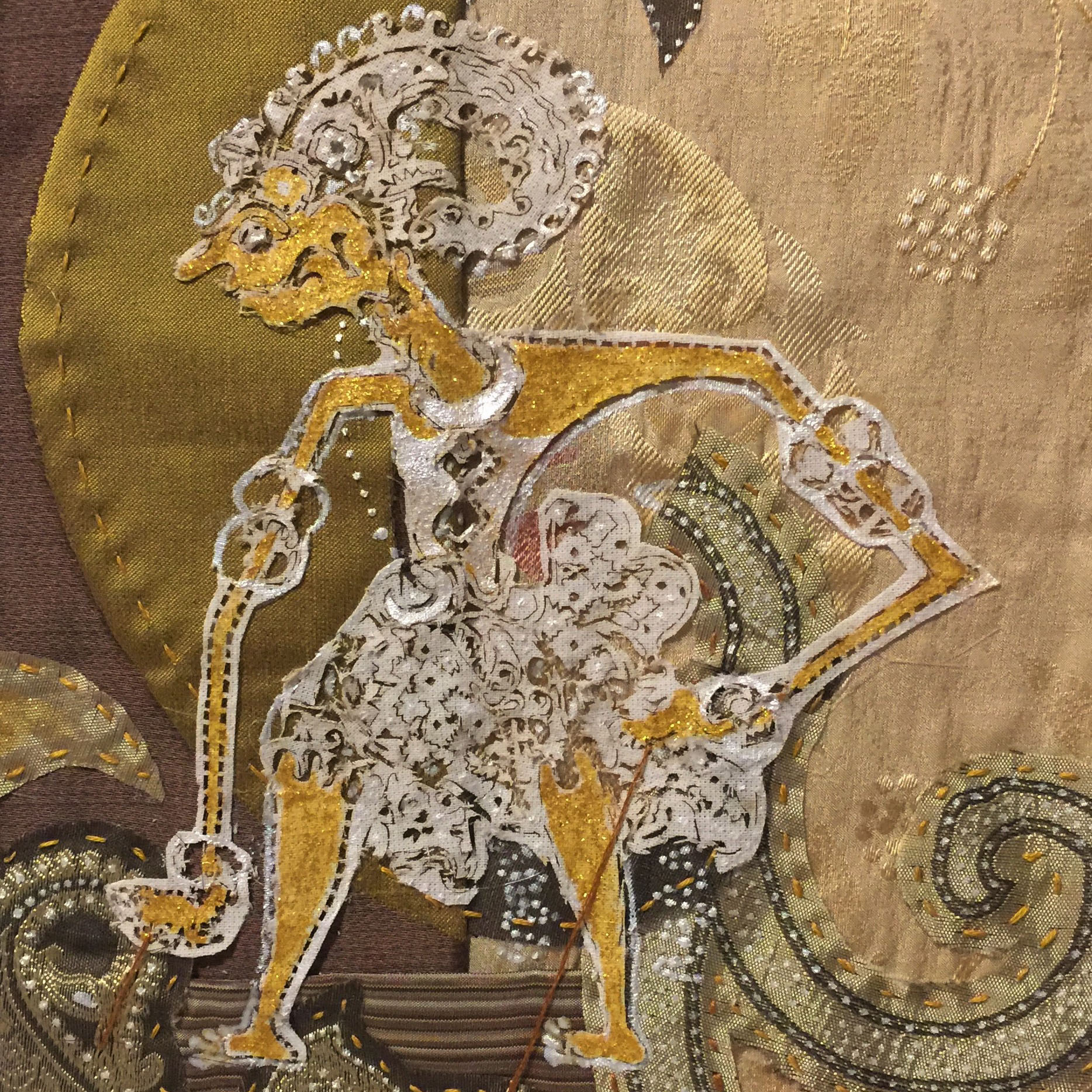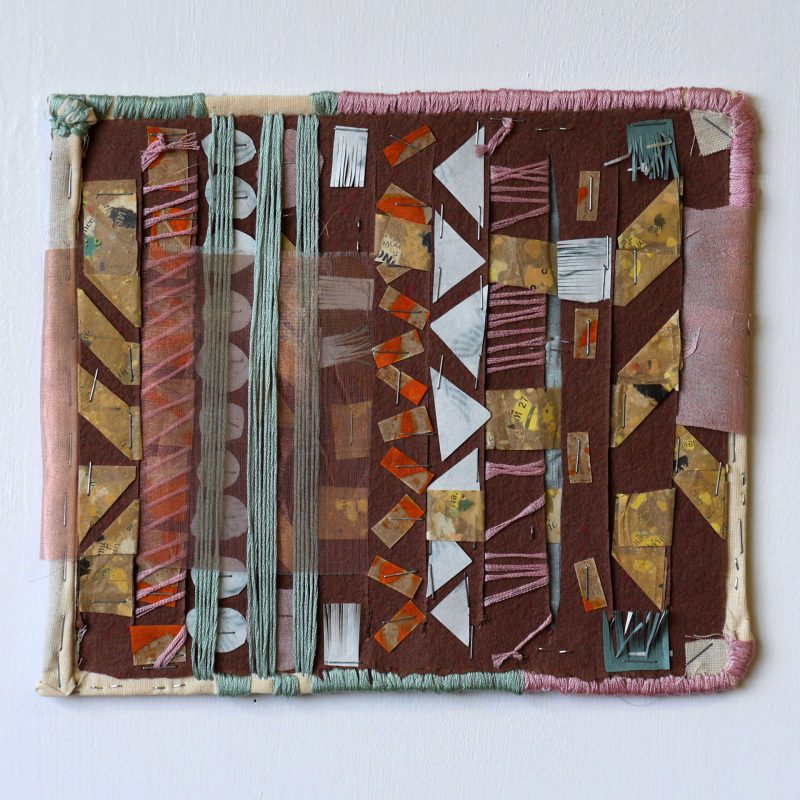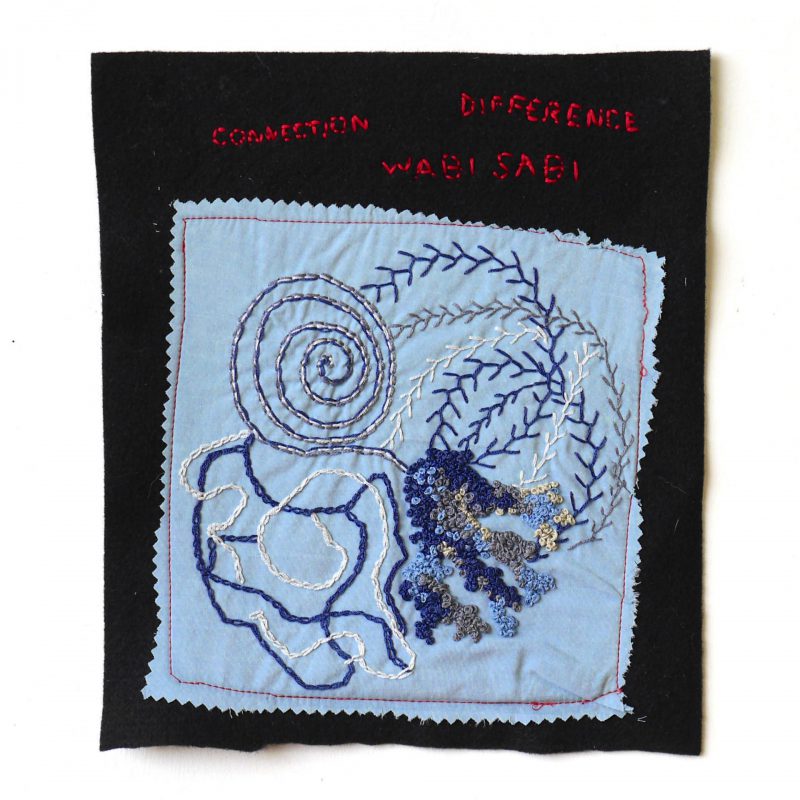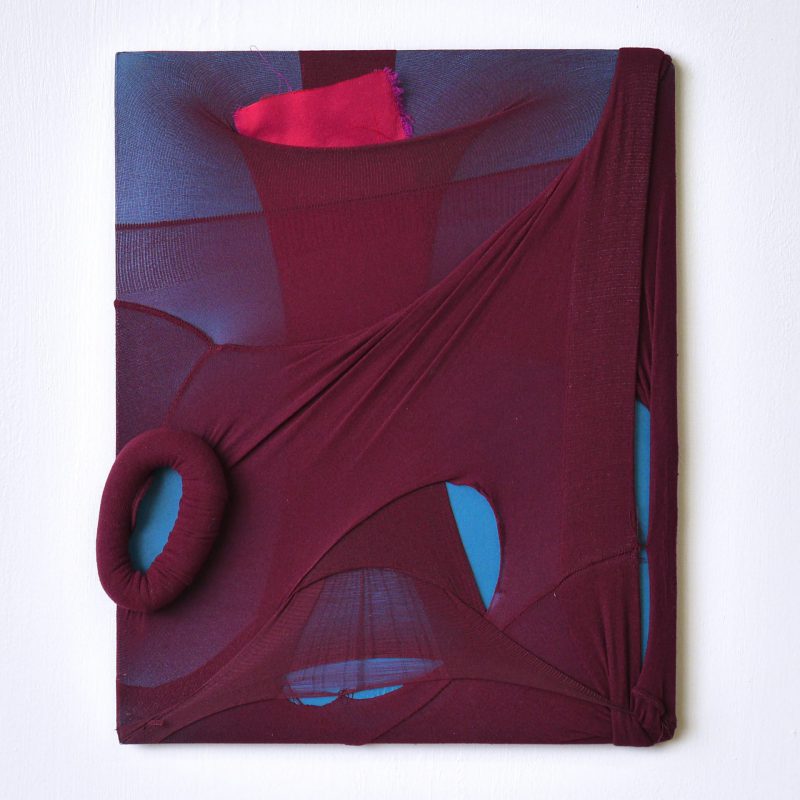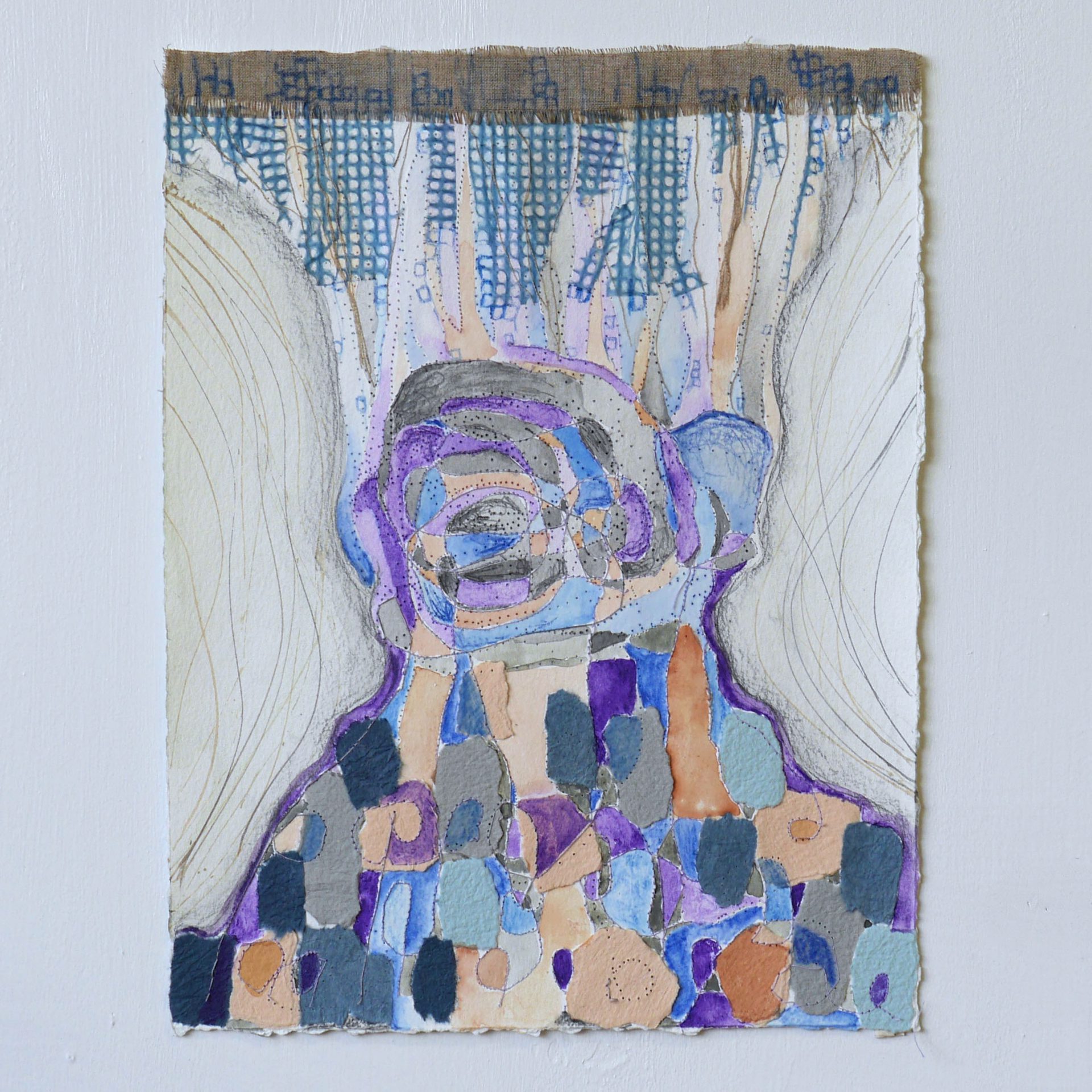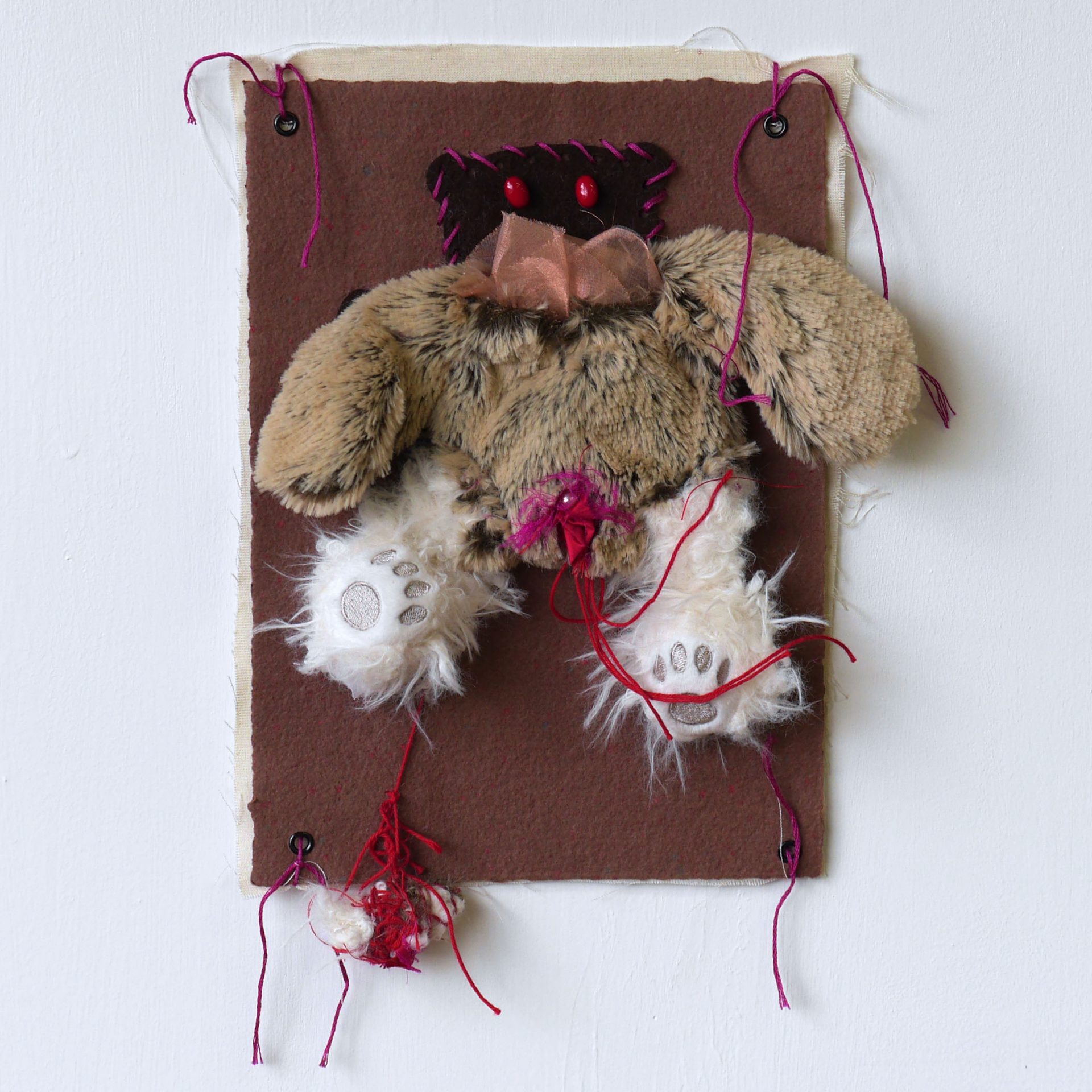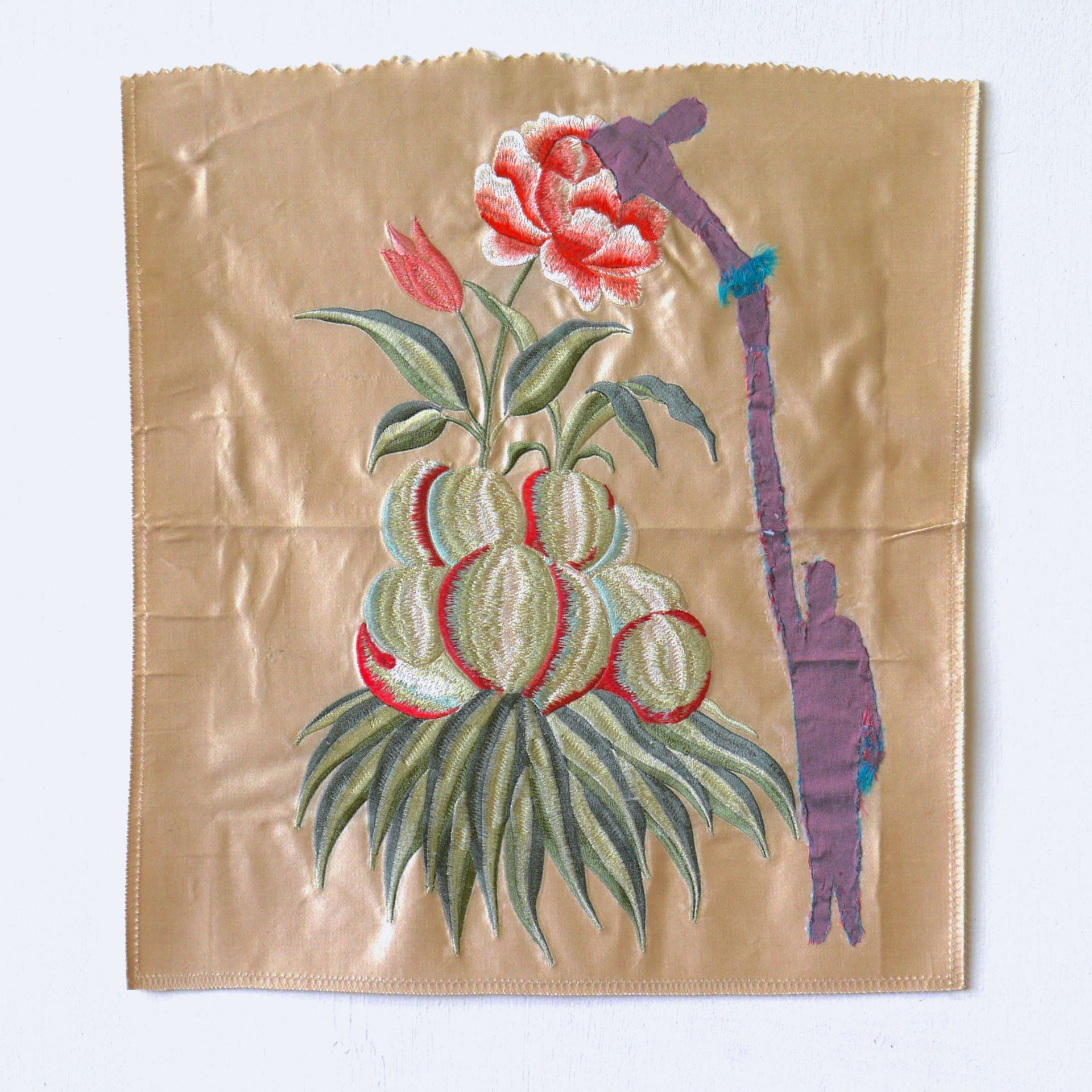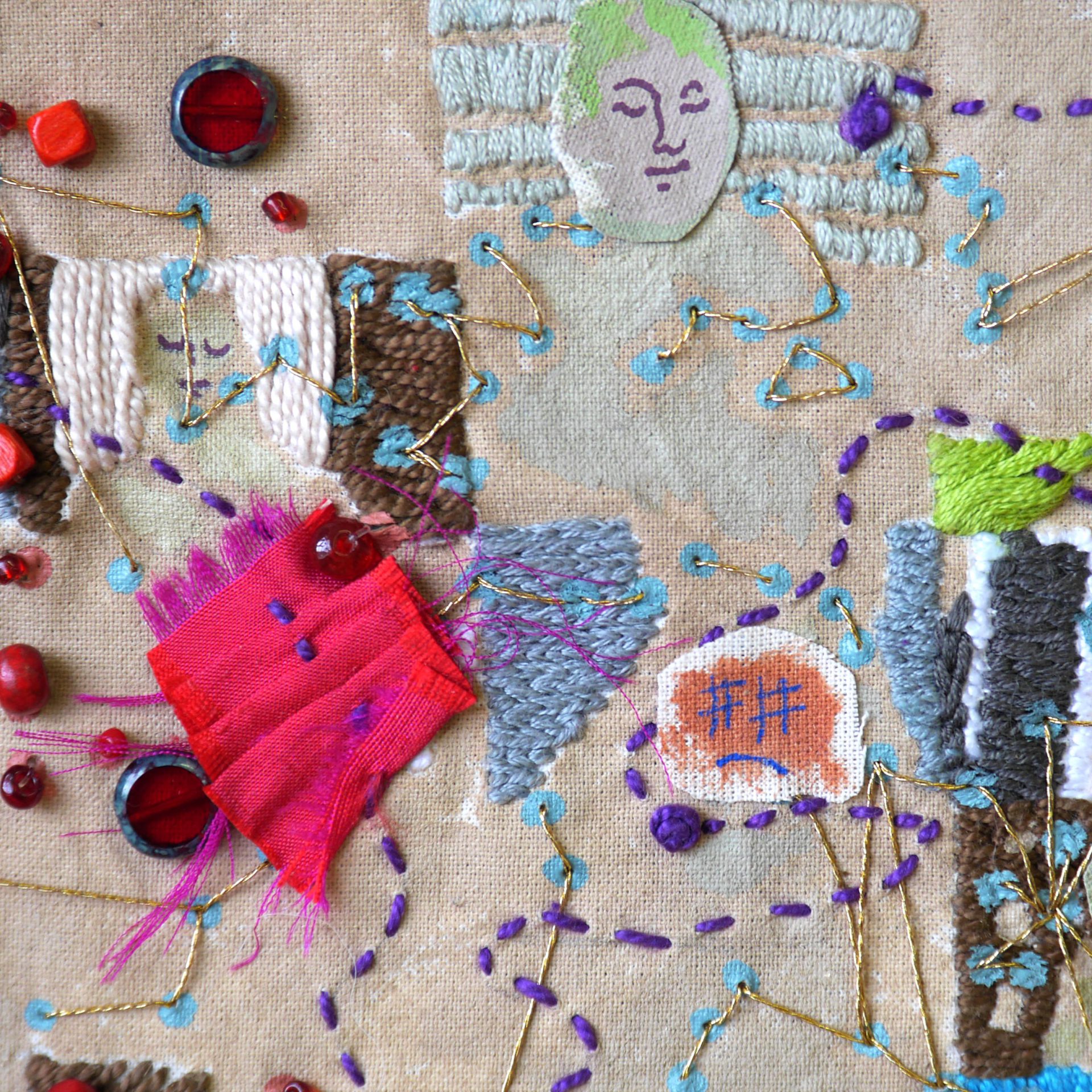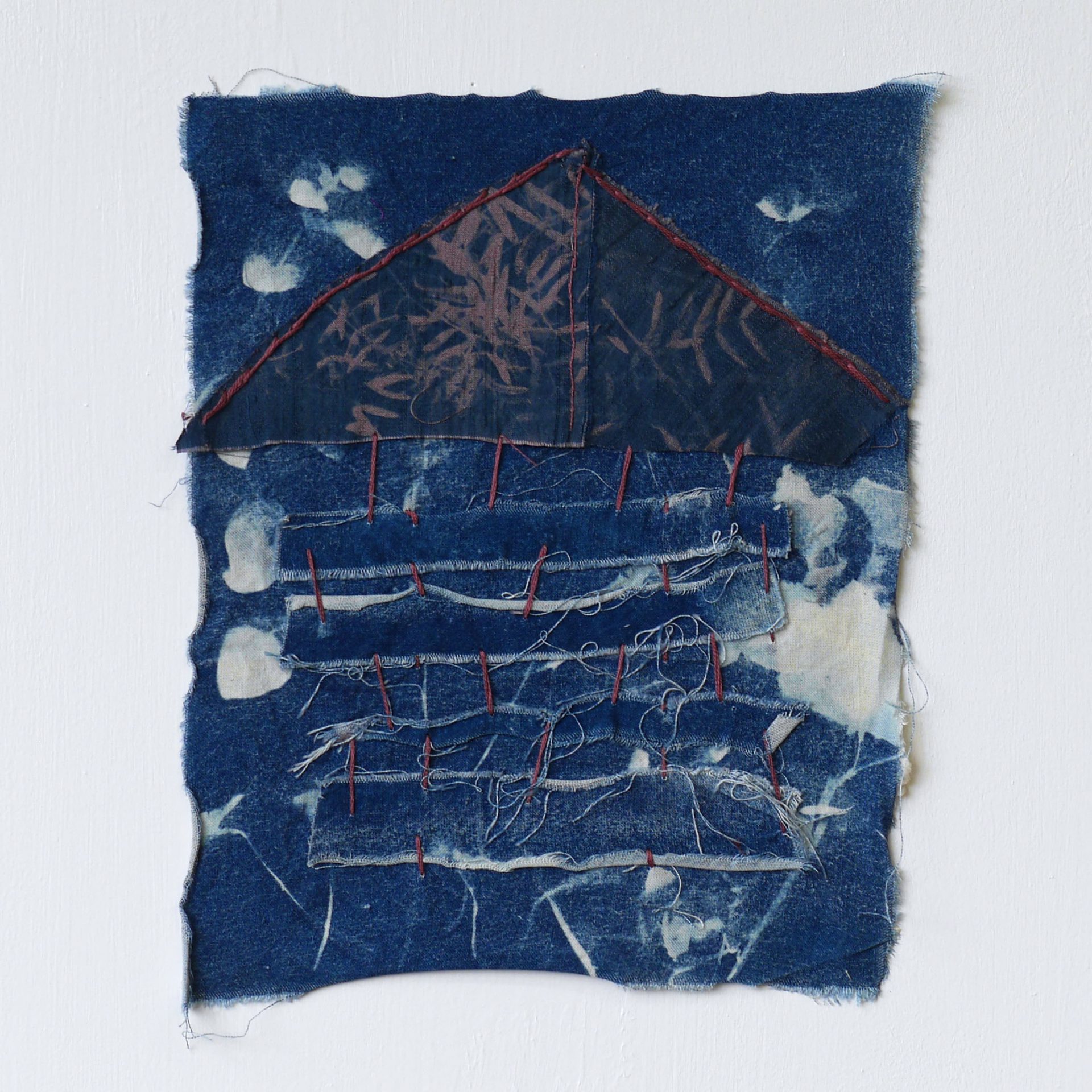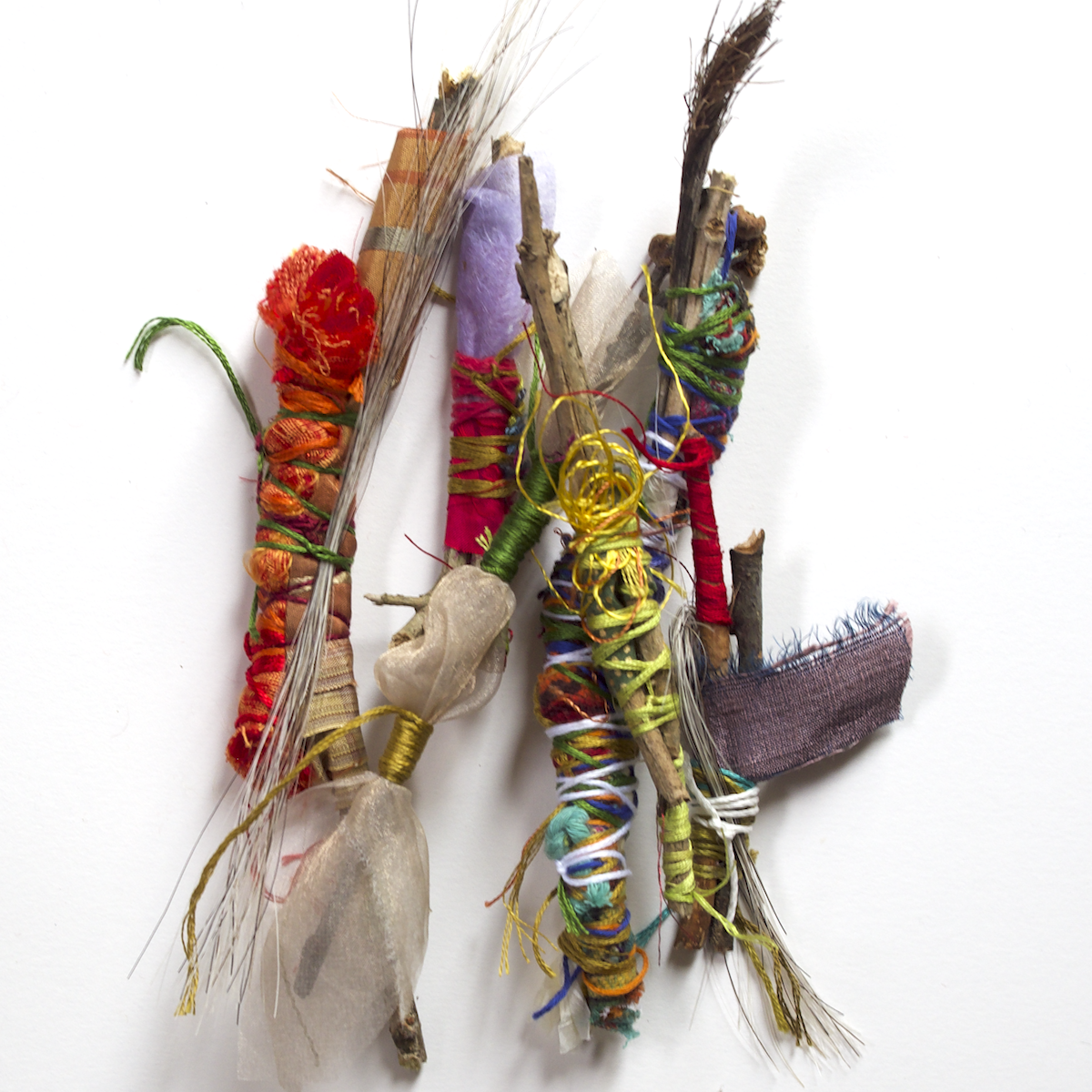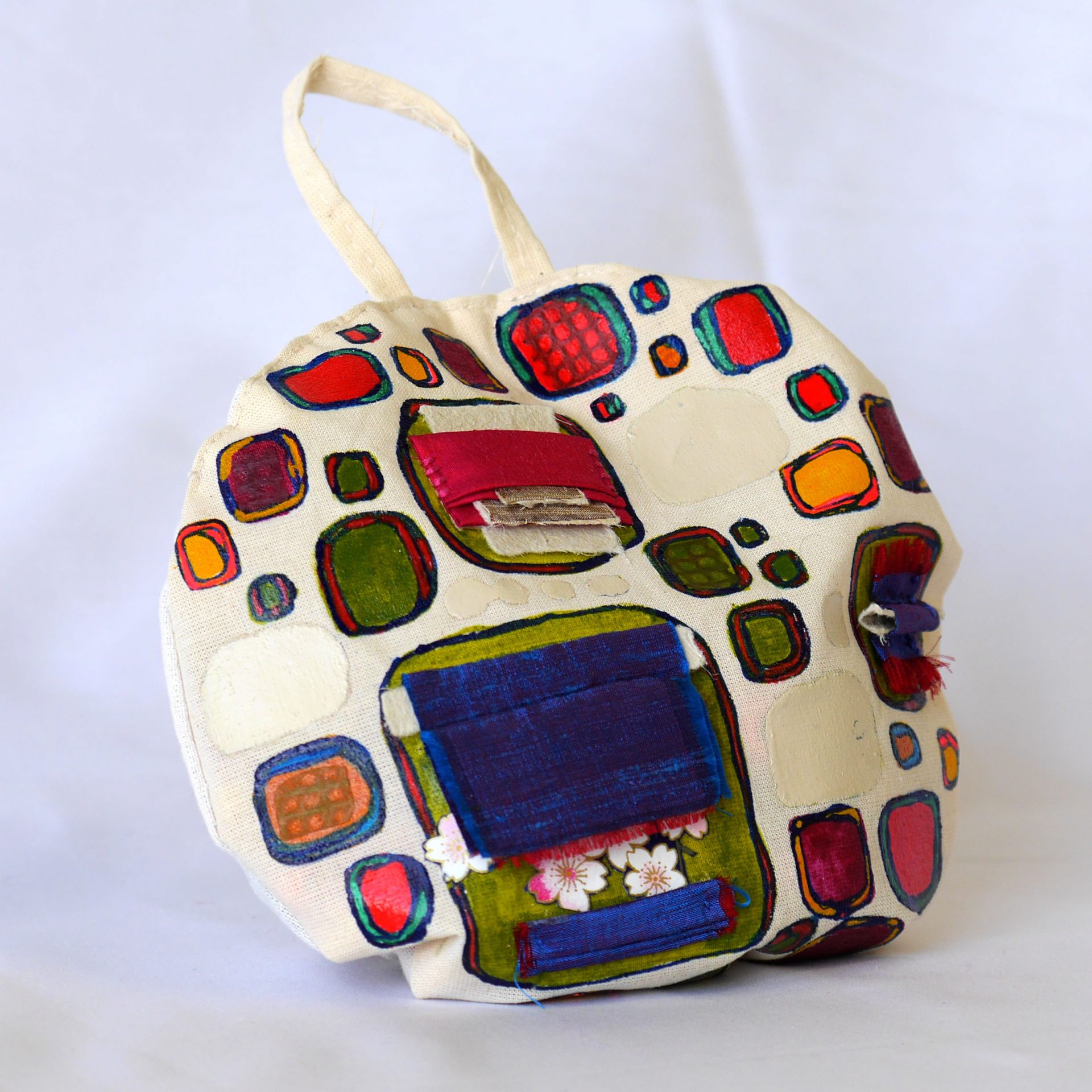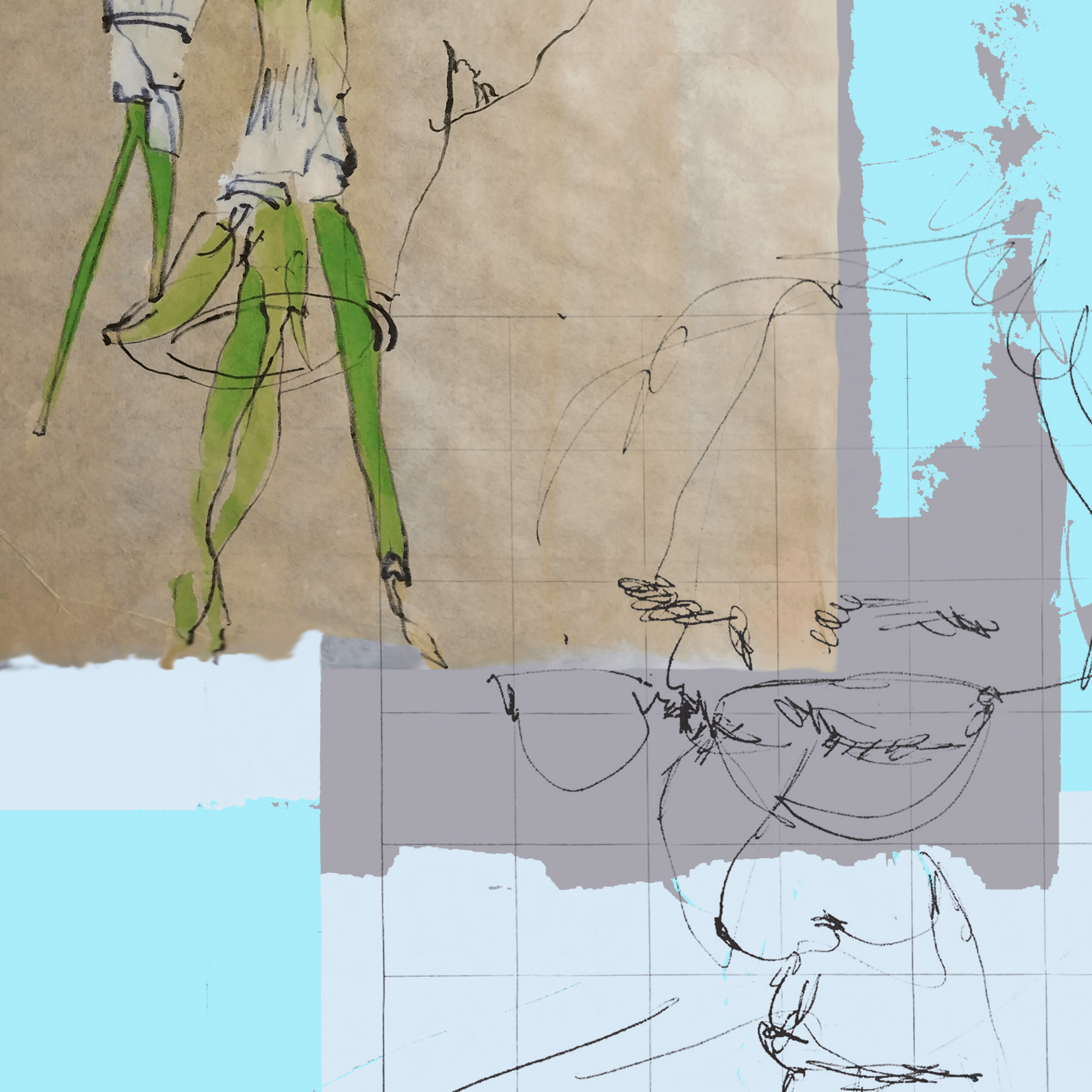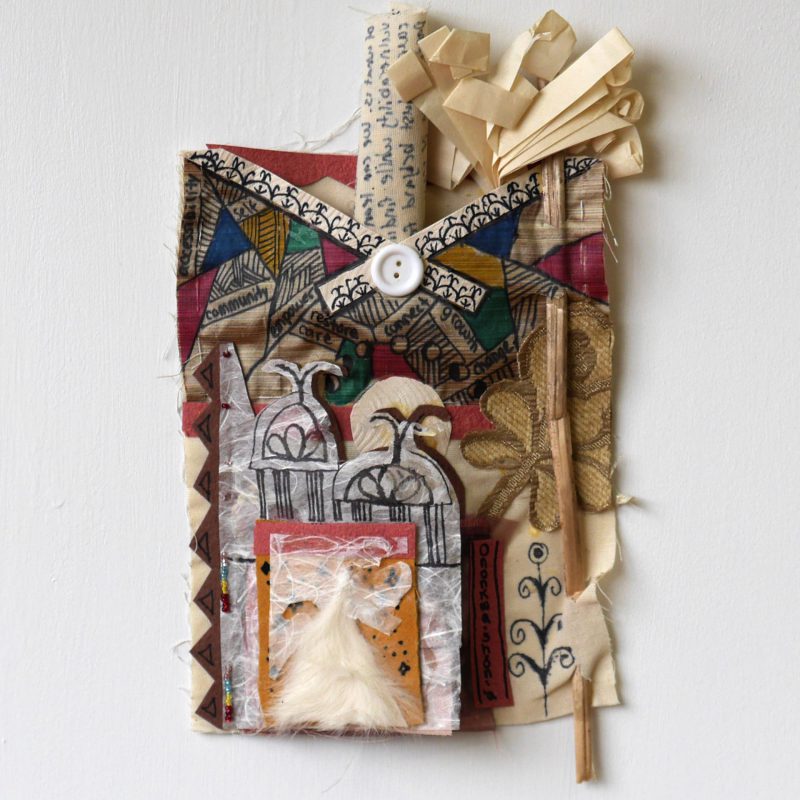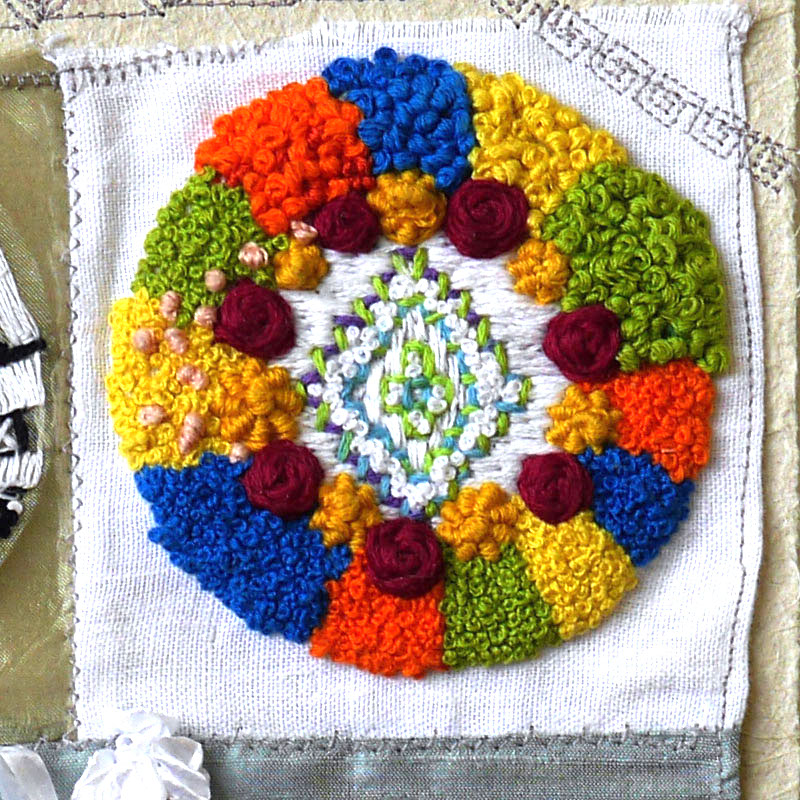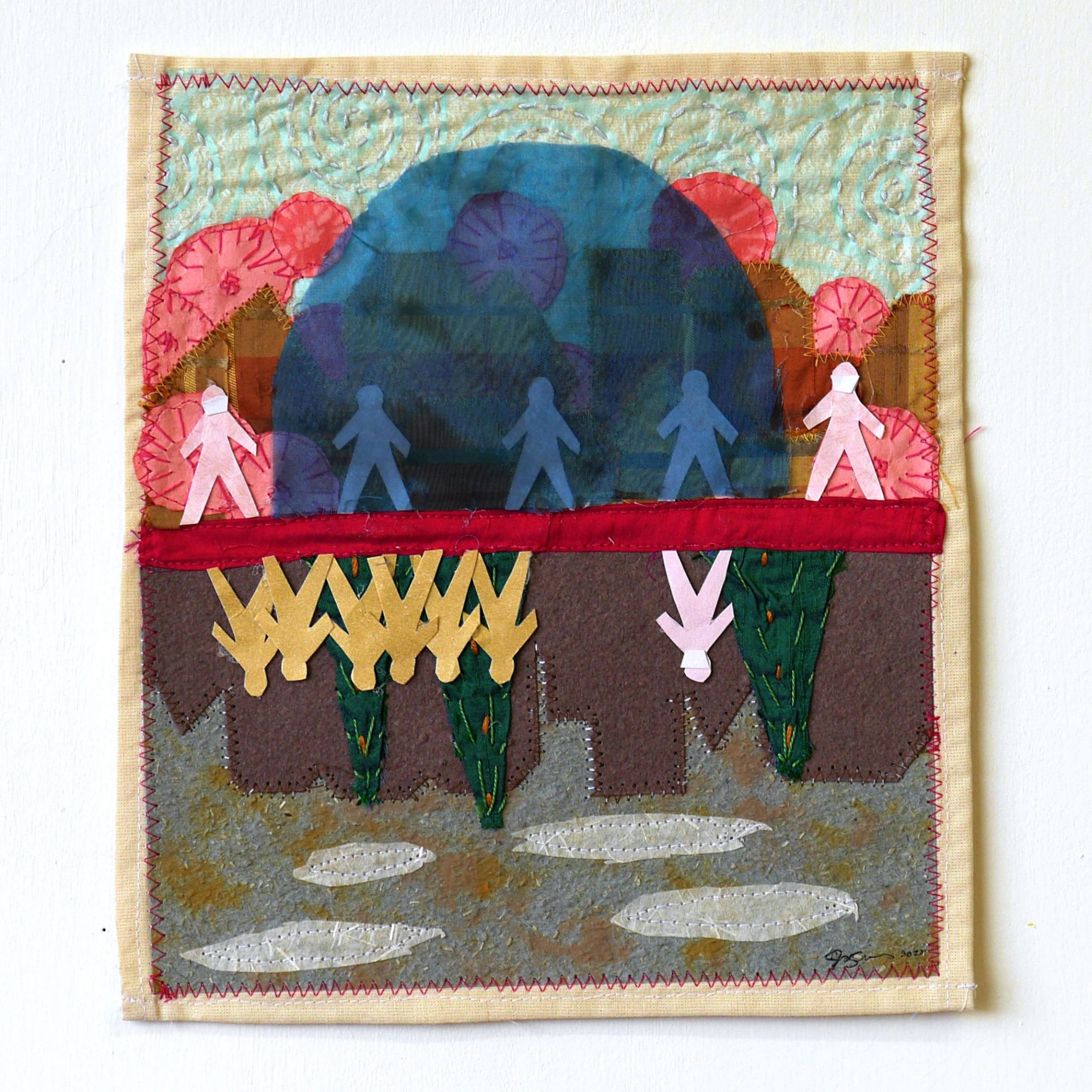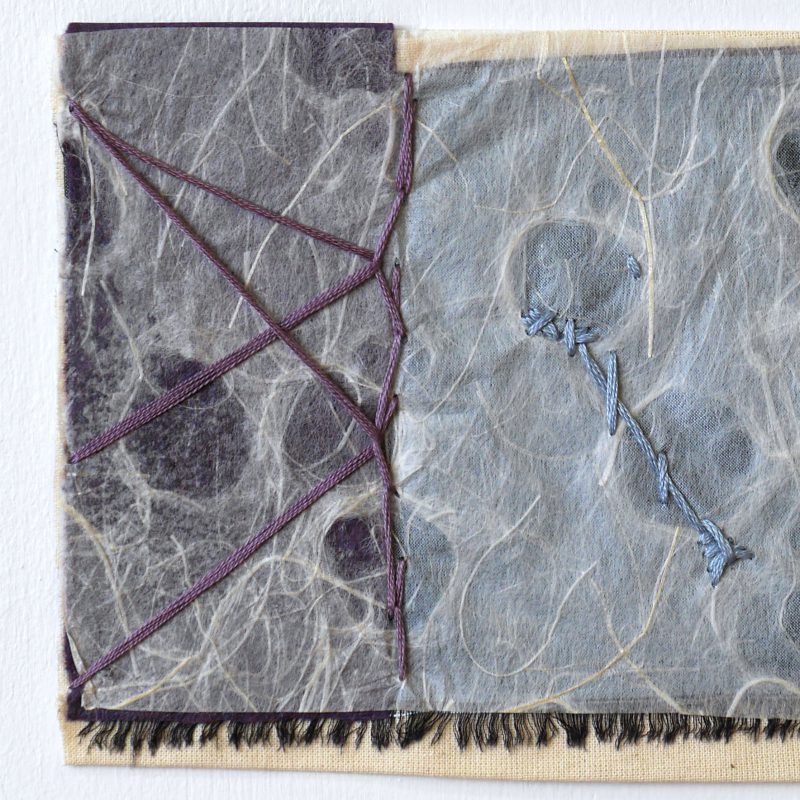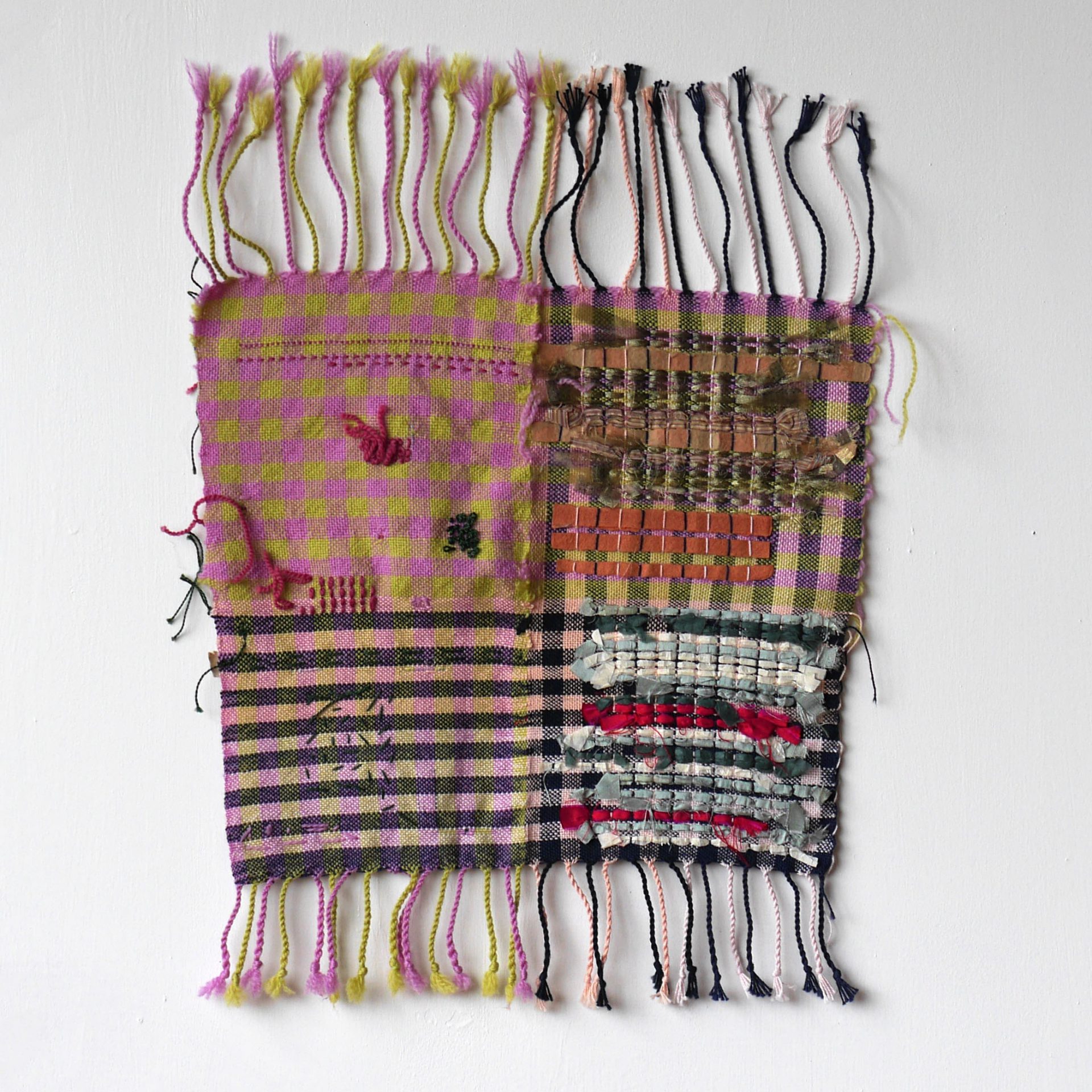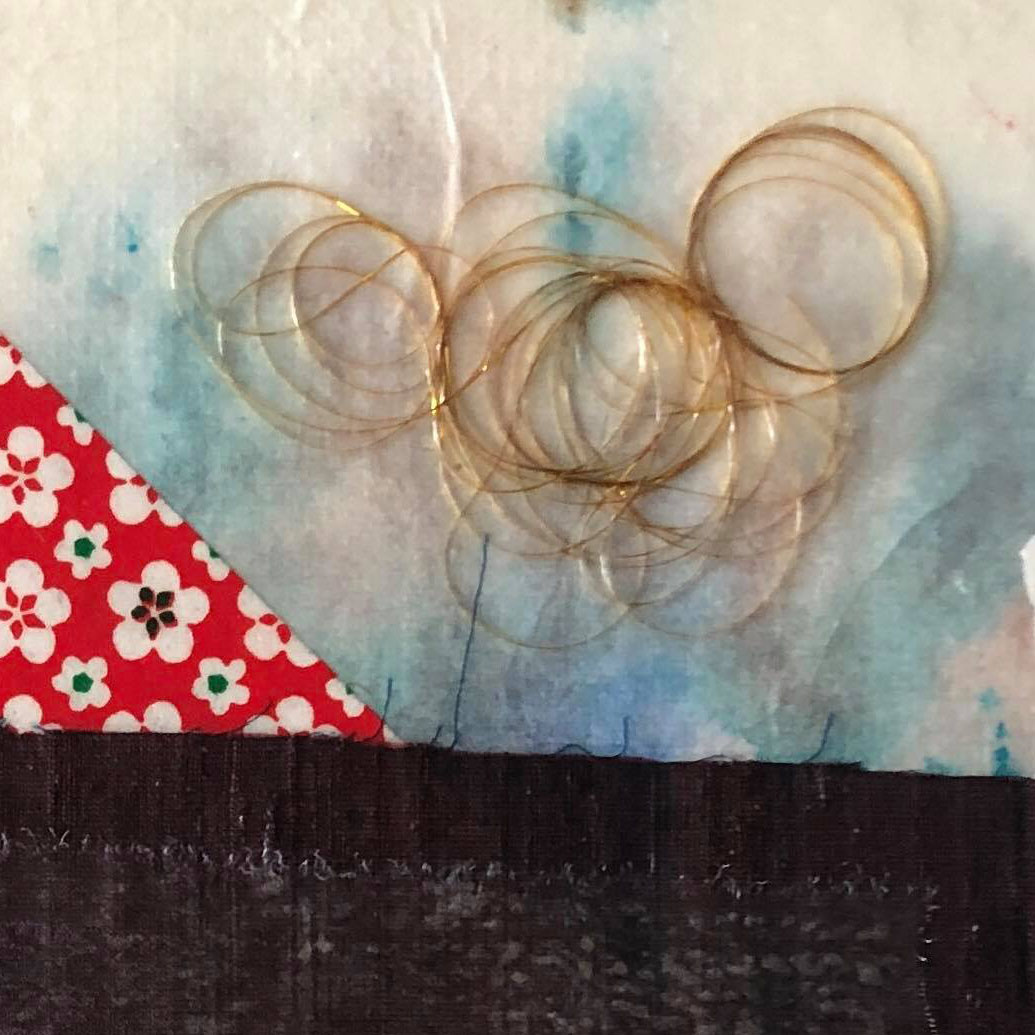Art fills most of my time, probably just as much as before the pandemic, but it’s different now. More art with family, slower art and therapeutic making for myself. Art enters my domestic space, the domestic space enters my art. Art allows me to engage, with others, with myself, with the past and the future.
— Anie Toole
On March 11, 2020, the World Health Organization declared COVID-19 a global pandemic. At that time, there were more than 118,000 cases reported in 114 countries, and 4,291 people had lost their lives.* While countries such as China and the Republic of Korea had already been deeply impacted by the virus, much of the rest of the world was just starting to be so. Recognizing the dire need to reduce community transmission in order to save individuals’ lives and ensure continued viability of our hospitals and health care systems, much of Western Europe and North America went into lockdown. By order of public health officials and governments, many individuals were told to stay home. Some were able to work from home, others were ‘furloughed’ – such an innocuous-sounding word for laid-off, potentially forever.
As of March 13, here in Quebec, schools and universities were closed to in-person activities. By the end of the month, we had begun to learn how to connect through Zoom, all of us teaching and learning from home through the late winter and spring of 2020. Museums, galleries and cultural institutions were shut down as well. Performances – theatre, music, dance – were halted; tours were canceled. Movie theatres were dark as were the sound stages and film studios where motion pictures are produced. In more benevolent nations, governments instituted financial relief programs for individuals. But countries’ and territories’ responses were confusingly non-unilateral. Sweden, for instance, home to one of the contributors to What is Art For?, continued with a ‘business as usual’ model that seemed perplexingly at odds with other countries’ stricter responses, even as cases in Sweden continued to mount.**
Those of us in sites of lockdown were isolated from people outside our domiciles, and we missed our friends and family members. Many of us missed the work we loved as well. And so it is perhaps to be expected that when a group of artists and crafters are asked What is art for in this time of pandemic, many responded with ‘comforting’ and ‘connecting.’ Works in this grid ‘bring together’ – be they images of human figures and faces, and outreached hands; collaged and interwoven materials, some tenderly wrapped, braided, and held; or even collections of beans. The soothing plushy teddy and the sweet nostalgia of family holiday snaps seem to simultaneously evoke a happier past and wish for a better future to come.
A year in, many of us still struggle with lockdowns, curfews and disconnections, and deal with the grief of great losses, personal and social. As of March 5, 2021, the pandemic has reached nearly every country on earth, sickening 115,682,700 individuals and killing 2,569,700.*** Now, vaccinations are beginning, as we race to protect each other against the rise of a third wave of infections and new, more contagious variants. A year after the pandemic was named as such, we are still in need of the comfort and connection that art can offer, that can be components of the resilience we strive to find.
Collaborators (listed in the order of their images, above, left to right, top to bottom): Stephanie Reynolds (Ottawa, ON); Maria Ezcurra (Montreal, QC); Colleen Leonard (Hudson, QC); Shaghayegh Darabi (Montreal, QC); Elsy Zavarce (Montreal, QC); Ann-Lisa Kissi (Montreal, QC); Barbara Bryn Klare (Athens, OH); Jodie Simms (Stockholm, SE); Avy Loftus (Montreal, QC); Karina Mariano (Montreal, QC); Denise A. Olivares (Montreal, QC); Rosi Maria di Meglio (Montreal, QC); Sabina Rak (Ville St-Laurent, QC); Cynthia van Frank (Montreal, QC); Jeannie K. Kim (Dundas, ON); Anie Toole (Quebec City, QC); Rosemary Reilly (Montreal West, QC); Carolyn Weisnagel (Rigaud, QC); Megan Kahnarahtenhá:wi Whyte (Kahnawà:ke, QC); Kathleen Perry (Westmount, QC).
* For the pandemic declaration and statistics cited for that day, see “WHO Director-General’s opening remarks at the media briefing on COVID-19 – March 11, 2020.”
** Public health officials in Sweden reportedly acted on the belief that by not restricting activities as much as did other countries, even its Nordic neighbours, they might suffer more in the first wave (winter-spring 2020) but would fare better in the second wave (fall-winter 2020). The data do not bear this out. See Afzal S. Siddiqui’s analysis, “The Real Lesson of Sweden’s Laissez-Faire COVID-19 Response,” (February 26, 2021).
*** According to the New York Times, “Coronavirus World Map: Tracking the Global Outbreak,” March 5, 2021.
